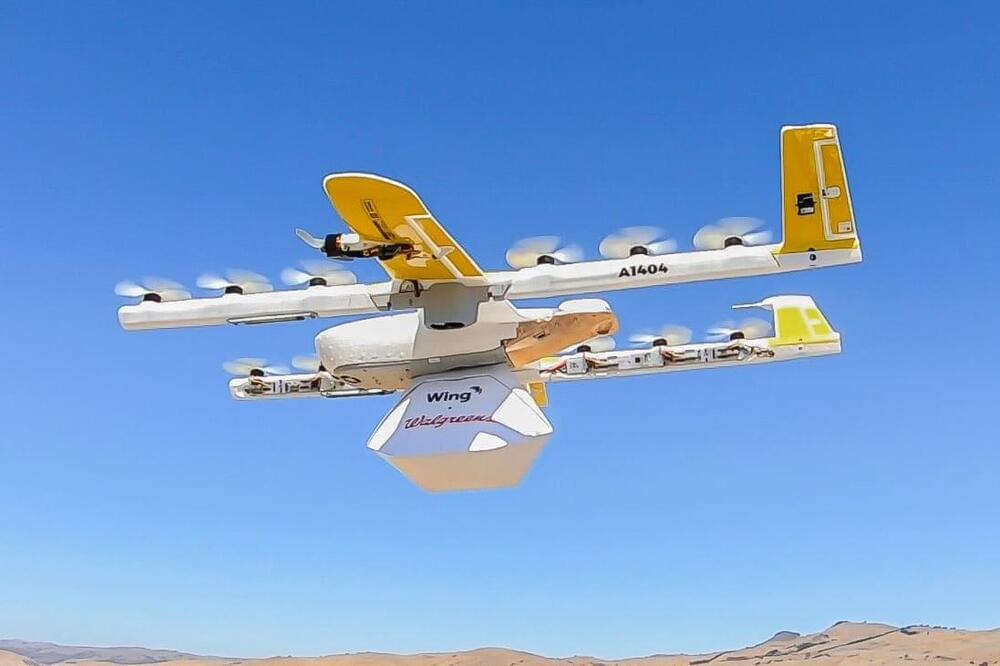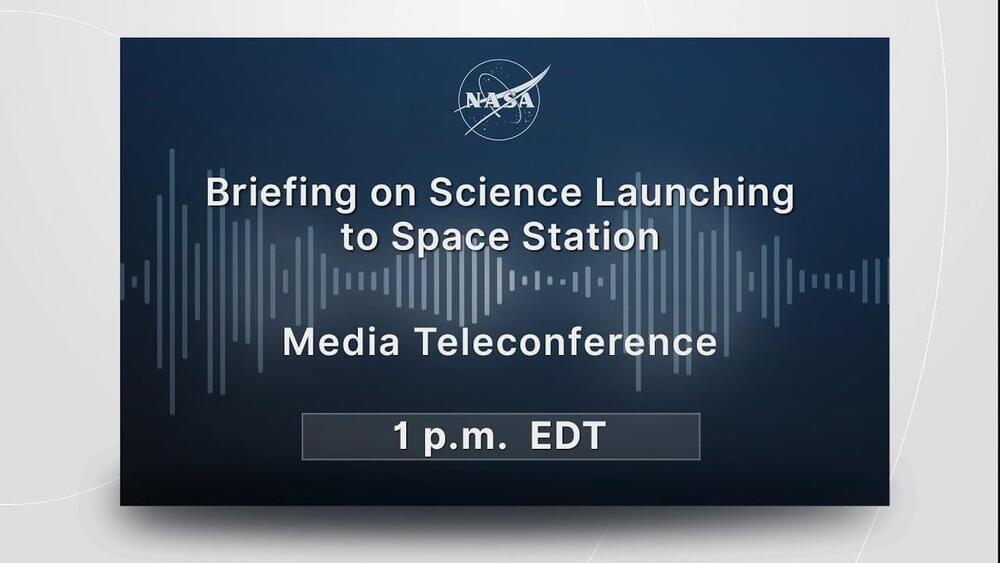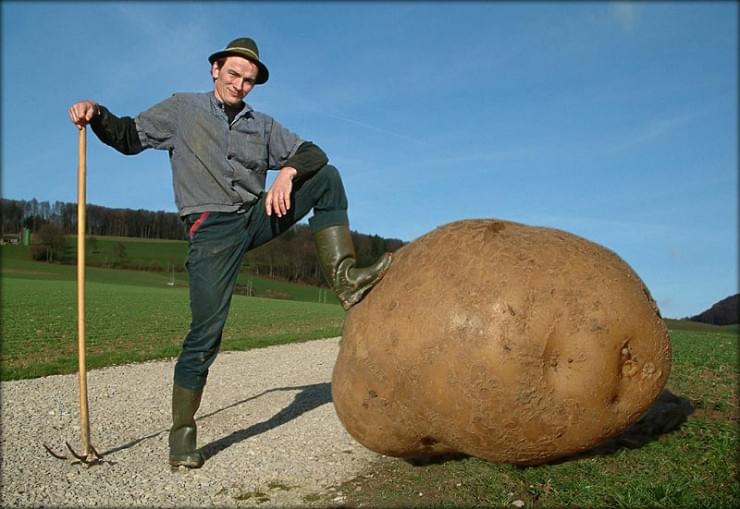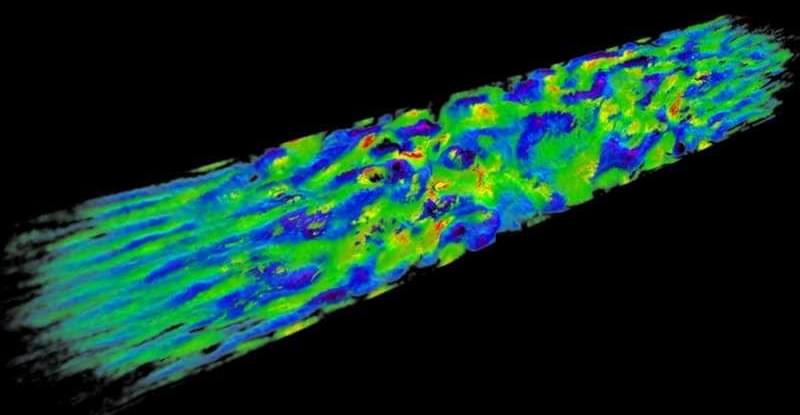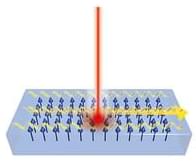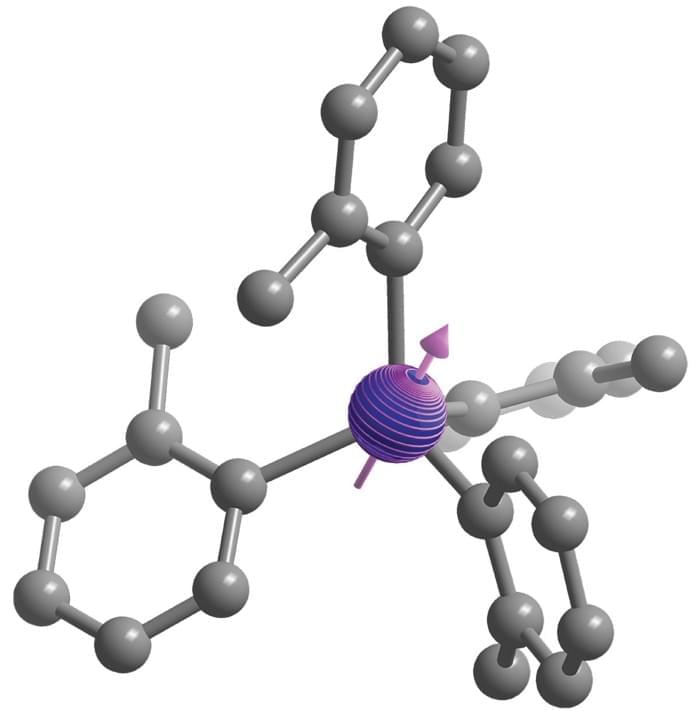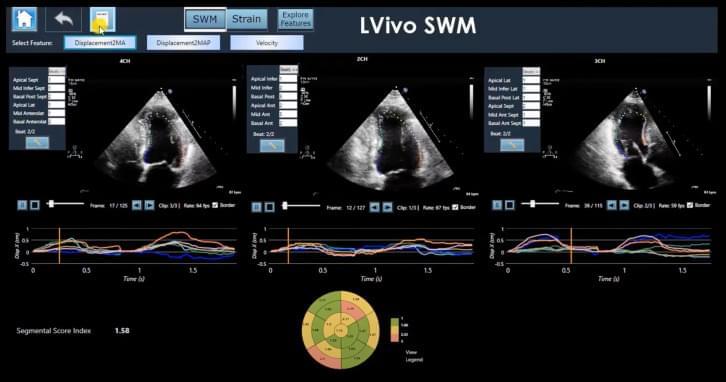Aug 25, 2021
Alphabet’s drones delivered 10,000 cups of coffee and 1,200 roast chickens in the last year
Posted by Genevieve Klien in categories: drones, food
Alphabet’s Wing drone company allows users to order items such as food through a mobile app and is fast approaching 100,000 deliveries since its launch.
Alphabet’s drone company Wing delivered 10,000 cups of coffee, 1,700 snack packs and 1,200 roast chickens to customers in Logan, Australia, over the last year, the company said Wednesday in a blog post outlining its progress.
Wing was initially launched in 2019 in Australia, following a series of drone tests that began in 2014. The service, which was initially part of Alphabet’s experimental research division, allows users to order items such as food through a mobile app and is fast approaching 100,000 deliveries since its launch.
